At the 2025 edition of the triennial Bordeaux International String Quartet Competition, Charlotte Gardner was delighted to hear a dazzlingly high standard of music making
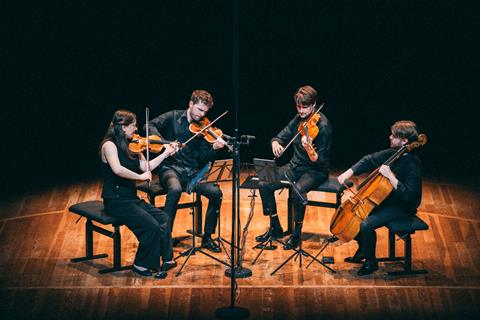
Discover more Featured Stories like this in The Strad Playing Hub.
Read more premium content for subscribers here
The finals of an international music competition are thrilling, but the earlier rounds also hold an arguably even more exciting moment: when you first encounter an artist who appears set to progress all the way to the finals, and you sense that everyone else in the hall feels it too. With any luck, such a moment will occur at least once; yet at the semi-finals of the 2025 Bordeaux International String Quartet Competition (held 19–25 May), such moments happened multiple times. Plus, the quartet responsible for the most palpable of these did indeed then go on to win not only the overall competition but also the Audience Award, the Young Audience Prize and the prize for performance of the commissioned contemporary work. It was Opus13, the Swedish–Norwegian group which the previous month had also won first prize at the Wigmore Hall International String Quartet Competition.
The excitement only increased with the final round, given how close it still felt between Opus13 and the eventual second prize winner, the New York-based Terra Quartet. On the one hand, Opus13’s Schubert ‘Death and the Maiden’ second movement was simultaneously so magical and so emotionally shattering that silence hung long and heavy over the hall in its wake – counterpointed at the work’s end by thunderous and ecstatic applause. On the other, the Terra Quartet’s subsequent Mozart String Quartet no.15 was of such a ravishing, silkily supple romance that the game was instantly reopened. Meanwhile, South Korea’s Arete Quartet, which took the third prize, fascinated with its highly distinctive sound world – a slick, sharply metallic-edged white glow that in the semi-finals had further cranked up the drama of Jörg Widmann’s Hunting Quartet.
Indeed, drama was not something ever lacking from this competition (now in its second edition under the direction of Julien Kieffer and the Modigliani Quartet), not least because the ensembles, while having enough flexibility to show their individual personalities, were left with nowhere to hide. The 40-minute semi-final programmes included one short free-choice work, as well as an imposed chamber collaboration: partnering with violist Lise Berthaud for the opening Allegro con moto of Mendelssohn’s First String Quintet. Final programmes lasted 1 hour 15 minutes and featured the competition’s first ever specially commissioned work: Kryštof Mařatka’s Amedea – visage de jeune fille, its stylistically wide-ranging score evoking viol consorts, primitive flutes and the wind. Repertoire requirements ensured that by the time the judges retired to deliberate, all three finalists would have been heard in Haydn, Mozart, Schubert and a 20th-century work. As it happens, all three played something by Beethoven as well.
‘Your career isn’t over just because you didn’t reach the final’ – Laurent Marfaing, violist and competition director
The potential rewards were worth the battle, though, topped by a first prize featuring €20,000 cash, a quartet of bows by Edwin Clément worth a further €40,000, a world tour spanning two years and a recording on the Mirare label. The entire competition was live-streamed. The jury, presided over by former Tokyo Quartet violinist Martin Beaver, was full of internationally feted chamber performers: Corina Belcea (founder member and leader of the Belcea Quartet), Hélène Clément (former Doric Quartet violist), Valentin Erben (former Alban Berg Quartet cellist), Miguel da Silva (former Ysaÿe Quartet violist) and pianist Anne Queffélec.
A notable innovation for 2025 was a 20-strong ‘professional committee’ including representatives from such internationally prominent halls, festivals, management agencies and young artist academies and programmes as the Paris Philharmonie, the Amsterdam Concertgebouw, the Hamburg Elbphilharmonie, Berlin’s Simmenauer Agency, the Japan Chamber Music Foundation, the Young Classical Artists Trust and BBC Radio 3. This committee attended the final and met the candidates to lend advice and comments, helping to create a network; they also heard and met the three non-selected semi-finalists. ‘The point is to trigger all these careers, and make sure that the right doors are opening for them at the right moment,’ explained Modigliani Quartet violist Laurent Marfaing. ‘Everyone is playing at a very high level. Your career is not over just because you didn’t reach the final.’
This did certainly feel indisputable. Among the non-progressing semi-finalists – the Hana (Germany), Elmire (France) and Métamorphoses (France) quartets – it was a surprise not to see the Hana Quartet go through after delivering such lively, bright, wide power and tender sweetness in Schulhoff, Mendelssohn and Bartók. Elsewhere, the darkly velvety-sounding Elmire Quartet seamlessly opened its collective arms to violist colleague Berthaud in the Mendelssohn; and the Métamorphoses Quartet gave Britten’s Three Divertimenti a multicoloured treatment.
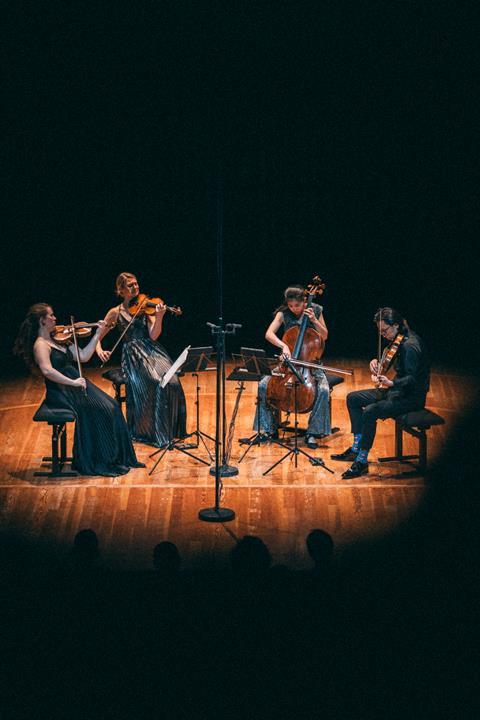
In between these competition heats, the surrounding Vibre! Festival was doing a lively job of showcasing the wider chamber music ecosystem in its various facets. The free-entry competition rounds were complemented by ticketed concerts given by jury members, the Modigliani Quartet and young artists. The foyer of the hosting Auditorium de l’Opéra National de Bordeaux was a constant hive of artistic activity during intervals, as enthusiastic crowds clustered around archetier Clément, who was displaying his set of winners’ bows, and a small team of luthiers from the Collectif de Lutherie et d’Archèterie Contemporaines (CLAC), who were making a copy of a Guadagnini violin over the course of the competition’s week (having in the 2022 edition made a copy of a viola by the same maker). The unvarnished finished violin was performed upon by Modigliani first violinist Amaury Coeytaux on the closing day, and was tried out offstage by intrigued violinists from the competing quartets. Clément and the CLAC also explained their work to the public in free-entry presentations. ‘Mon dieu, quel bonheur!’ a passing gentleman exclaimed as the audience filed out of the auditorium for the last time, which summed up the atmosphere nicely.
‘How wonderful!’ was inevitably also the feeling from Opus13 following the results – combined with a desire to explain themselves to anyone who might think that they could have left the Bordeaux prize to others who needed it more. ‘After winning the Wigmore competition we were so happy, and I immediately said, “I can’t do this again!”’ said first violinist Sonoko Miriam Welde. ‘But our dream is to be a full-time professional quartet, and that’s quite a difficult thing to do. So we just want to show people that we exist. It’s also clear that the competition directors have thought about what would be helpful for a young quartet. Some of us in the quartet did not have a good bow, for instance.’
Now they each own a very good bow, and quartet aficionados are most definitely aware that Opus13 exists. Confirming that the jury’s verdict was a unanimous one, Beaver said, smiling, ‘I can just imagine their career trajectory.’ As can we.
Read: Winners announced at the Bordeaux International String Quartet Competition
Discover more Featured Stories like this in The Strad Playing Hub.
Read more premium content for subscribers here
The number one source for playing and teaching books, guides, CDs, calendars and back issues of the magazine.
In The Best of Technique you’ll discover the top playing tips of the world’s leading string players and teachers. It’s packed full of exercises for students, plus examples from the standard repertoire to show you how to integrate the technique into your playing.
In the second volume of The Strad’s Masterclass series, soloists including James Ehnes, Jennifer Koh, Philippe Graffin, Daniel Hope and Arabella Steinbacher give their thoughts on some of the greatest works in the string repertoire. Each has annotated the sheet music with their own bowings, fingerings and comments.
The Canada Council of the Arts’ Musical Instrument Bank is 40 years old in 2025. This year’s calendar celebrates some its treasures, including four instruments by Antonio Stradivari and priceless works by Montagnana, Gagliano, Pressenda and David Tecchler.

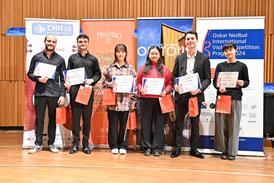
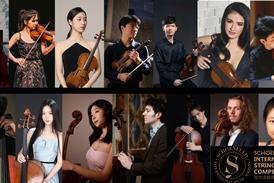
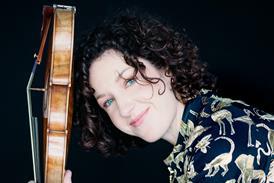
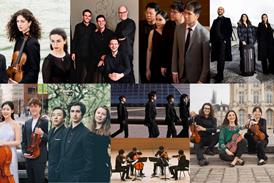




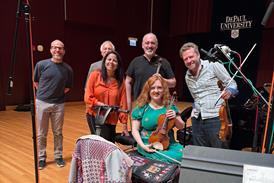
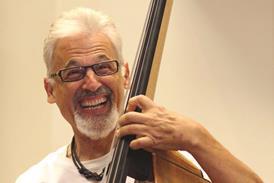
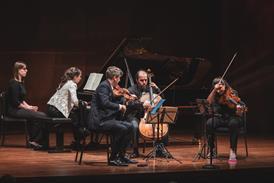
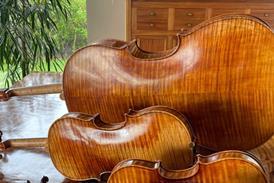
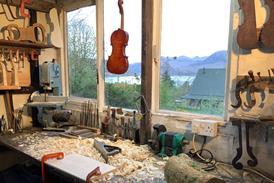
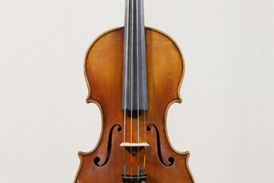
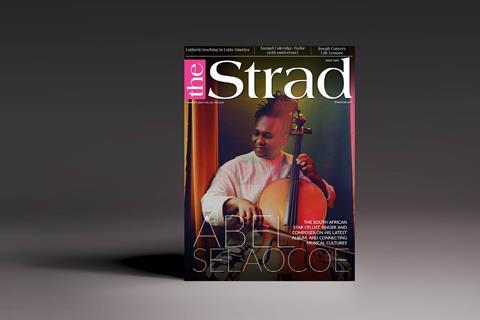
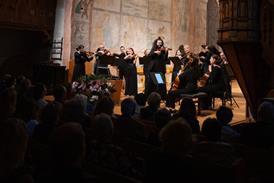

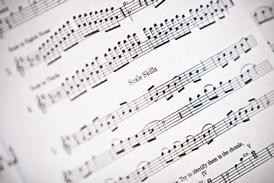
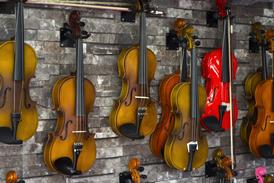
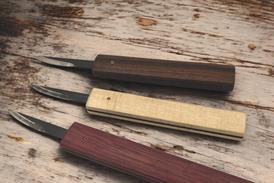
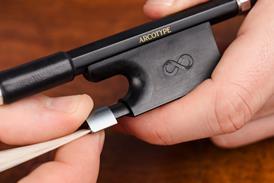
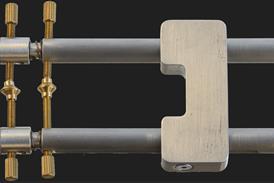
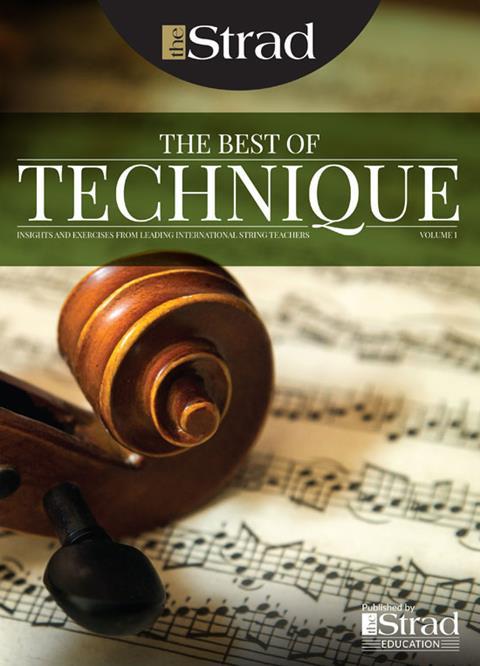
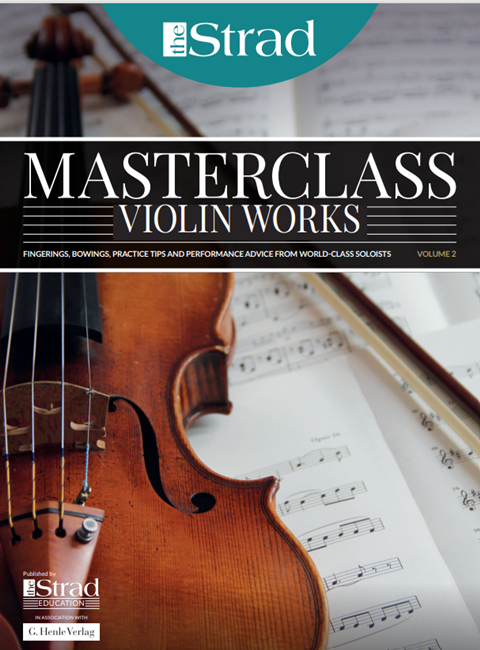
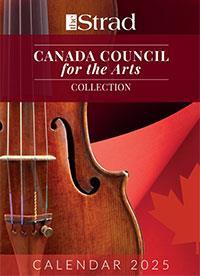












No comments yet